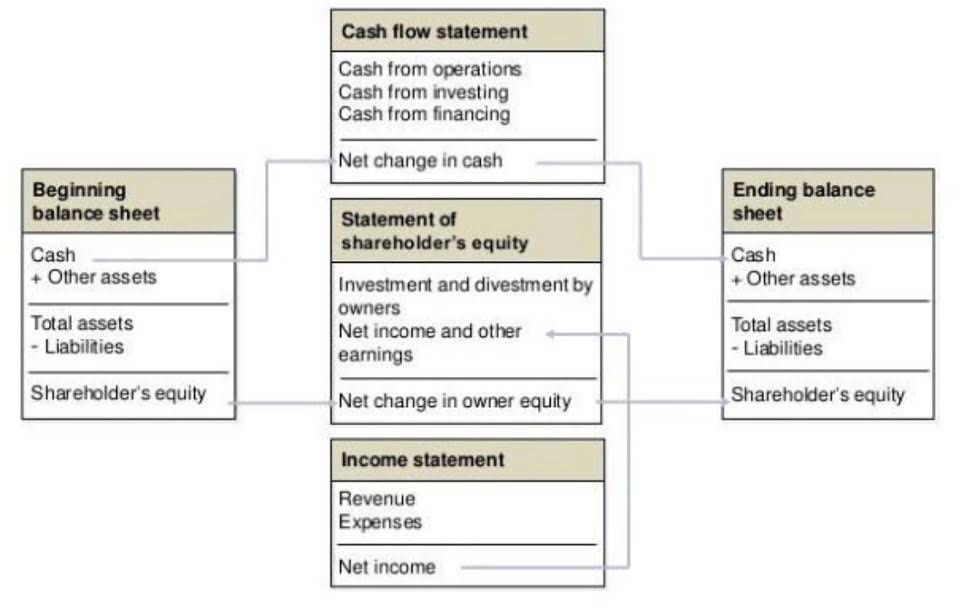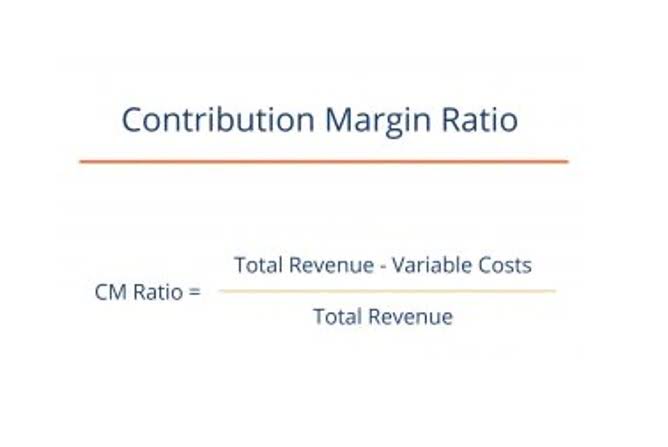
While China’s share of U.S. imports has declined from 22.0 percent in 2017 to 13.8 percent in 2024, it remains a major trading partner. The uniform application of the tariff across all Chinese imports — many of which were already subject to duties — results in a substantial increase in tariffs applied to goods coming from China. As a result, China’s own AETR rises dramatically to 33.5 percent under this scenario.
Working Capital Management

Moreover, you can see in Walmart’s balance sheet that the company’s account payables are much higher than its account receivables, which indicates the policy of using customers’ and suppliers’ money for business purposes. To find the change in Net Working Capital (NWC) on a cash flow statement, subtract the NWC of the previous period from the NWC of the current period. This calculation helps assess a company’s short-term liquidity and operational efficiency. Working capital is critical to gauge a company’s short-term health, liquidity, and operational efficiency.

Payable
- The largest relative increase occurs in imports from Mexico and Canada, two countries with deep integration into North American auto supply chains.
- The components of working capital include current assets and current liabilities.
- It shows how efficiently a company manages its short-term resources to meet its operational needs.
- A company with positive working capital and healthy financial ratios is more likely to have a good credit score, which is an important factor for getting loans and attracting investors.
- You calculate working capital by subtracting current liabilities from current assets, providing insight into a company’s ability to meet its short-term obligations and fund ongoing operations.
- This reinvestment of profits to support the growth in net working capital means there is less cash available for distribution to the owners of the company, which impacts the income approach value.
On the other hand, examples of operating current liabilities include obligations due within one year, such as accounts payable (A/P) and accrued expenses (e.g. accrued wages). Software companies generally tend to have a positive change in working capital cash flow because they do not have to maintain an inventory before selling the product. This includes states like Michigan, Ohio, Indiana and others in the Midwest and Southeast, as well as the Pacific Northwest due to its resource-based trade ties with Canada. The four main components of working capital are cash, accounts receivable, Restaurant Cash Flow Management inventory, and accounts payable. Cash refers to the amount of money a company has on hand, while accounts receivable is the amount of money owed to the company by its customers.
Different Types of Financial Planning Models and Strategies
In other words, it represents the amount of money a company has available for its day-to-day operations. Working capital is a critical metric for businesses of all sizes, as it provides insight into their financial health and ability to meet short-term obligations. Typical current assets that are included in the net working capital calculation are cash, accounts receivable, inventory, and short-term investments. The current liabilities section typically includes accounts payable, accrued expenses and taxes, customer deposits, and other trade debt. Net Working Capital is a crucial measure of a company’s short-term financial health and operational efficiency. It reflects the ability to cover short-term liabilities with readily available assets, influencing liquidity, cash flow management, and overall stability.
Automation Software for Large and Midsized Businesses
Although we assume full pass-through of tariffs to domestic prices, the industry’s overall cost increase is estimated to be smaller than the headline 20 percent tariff. This occurs because these industries source a portion of their imports from other countries that remain unaffected by the tariff increase. On the other end of the spectrum, sectors like oil and gas, petroleum and coal products, and agriculture-related goods such as crops and forestry face much lower average tariffs. This is consistent with their more limited exposure to the targeted trade flows or their continued protection under existing trade agreements and exemptions. Its AETR increases from 2.5 to 4.4 percent — a substantial jump driven by its status as a major exporter of passenger vehicles to the U.S. In contrast, China’s AETR remains unchanged at 33.5 percent, as autos from China were already subject to elevated tariffs under prior scenarios.
- As a result, the company’s net working capital increases, reflecting improved liquidity and financial strength.
- While China’s share of U.S. imports has declined from 22.0 percent in 2017 to 13.8 percent in 2024, it remains a major trading partner.
- She is a Business Content writer and Management contributor at 12Manage.com, where she contributes a business article weekly.
- In the retail industry, working capital is vital for purchasing inventory to sell to customers.
- This is consistent with their more limited exposure to the targeted trade flows or their continued protection under existing trade agreements and exemptions.
- Current assets are economic benefits that the company expects to receive within the next 12 months.
Average Effective Tariff Rates by Industry
Investments in securities markets are subject to payroll market risks, read all the related documents carefully before investing. These are not exchange traded products and all disputes with respect to the distribution activity, would not have access to exchange investor redressal forum or Arbitration mechanism. Find out its importance, components, calculation, types, and strategies to optimize cash flow efficiently.
Increase in Working Capital

Centralized system to streamline payments, ensuring smoother working capital operations. It’s worth noting that while negative working capital isn’t always bad and can depend on the specific business and its lifecycle stage, prolonged negative working capital can be problematic. The interpretation of either working capital or net working capital is nearly change in net working capital formula identical, as a positive (and higher) value implies the company is financially stable, all else being equal.

Products
This granularity allows us to compute effective tariff rates at the level of individual HTS-6 products and trading partners by taking the ratio of duties collected to the value of imports for each good-country pair. This means that, on average, the government collected 2.2 cents in tariff revenue for every dollar of imported goods. Establishing this baseline allows us to meaningfully assess the potential economic impact of new tariff proposals introduced in 2025 by comparing them to current trade patterns and tariff levels. Tariffs are taxes imposed by a government on imported goods, typically calculated as a percentage of the import’s value (known as an ad valorem tax). Governments use tariffs for various purposes, such as raising revenue, protecting domestic industries from foreign competition and influencing international trade patterns.
- The current liabilities section typically includes accounts payable, accrued expenses and taxes, customer deposits, and other trade debt.
- Sectors with relatively modest exposure include food, chemicals, agriculture and energy, which remain near the bottom of the distribution.
- If a company can’t meet its current obligations with current assets, it will be forced to use it’s long-term assets, or income producing assets, to pay off its current obligations.
- Developed economies (including the U.S.) have since faced growing pressure to provide greater support and protections for negatively affected industries and communities.
- The burden of these tariffs falls predominantly on manufacturing industries, with fabricated metals, electrical equipment, apparel and furniture each experiencing average tariff rates ranging between 10 percent and 15 percent.
Treasury & Cash Management
When you apply for a working capital line of credit, lenders will consider the overall health of your balance sheet, including your working capital ratio, net working capital, annual revenue and other factors. A current ratio of 1 or higher is generally considered good, as it indicates that a company has enough current assets to cover its current liabilities. Inventory management is another critical aspect of working capital management. It involves managing the company’s inventory levels to ensure that it has enough inventory to meet customer demand while minimizing the cost of holding inventory. This can include managing inventory turnover, monitoring inventory levels, and forecasting inventory needs.
